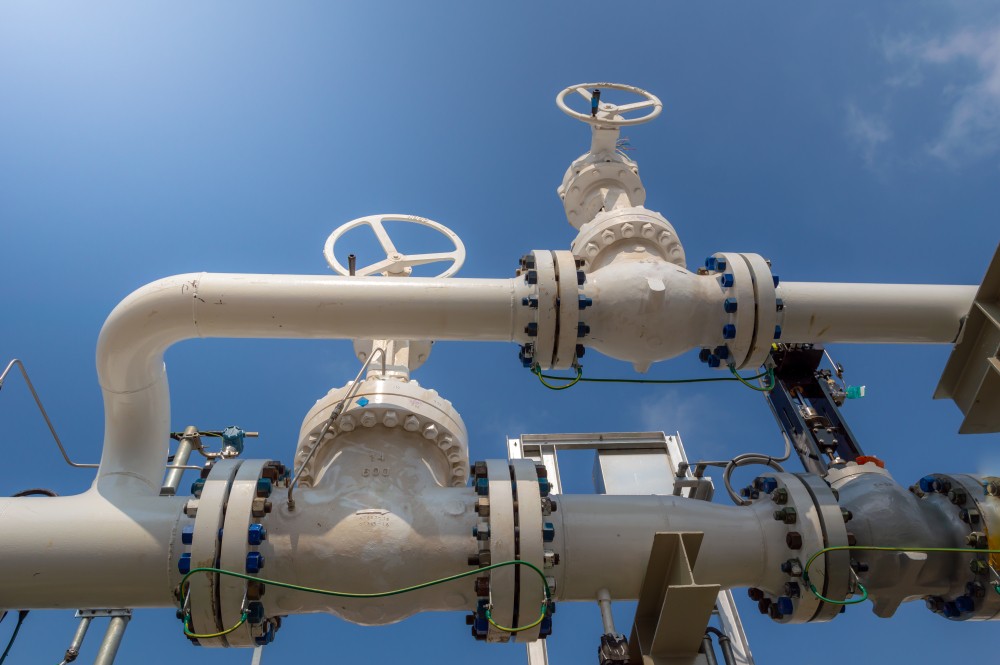In the dynamic landscape of commodity investment, staying updated on geopolitical events is crucial for informed decision-making. The recent escalations in the Middle East, particularly Iran-backed Houthi militants’ attacks in the oil-rich region, have impacted the global market. Contrary to expectations, crude futures have shown resilience, with West Texas Intermediate trading within a narrow range and Brent remaining below $80 a barrel. In this environment, investors must scrutinize multiple factors to navigate the complexities of commodity investment effectively.
Geopolitical Challenges in the Middle East
Tensions in the Middle East, characterized by Houthi attacks and vessel incidents in the Red Sea, have heightened concerns about regional stability. However, the impact on commodity prices has been mixed. While charter rates for oil tankers initially spiked post-geopolitical events, they have since stabilized, reflecting market confidence. The Middle East, a significant contributor to global crude production, continues to play a crucial role in the commodity market. For investors, understanding the geopolitical landscape is essential to identify opportunities and mitigate risks in this vital sector.
Natural Gas Dynamics Amidst Winter Challenges
With winter intensifying in the Northern Hemisphere, natural gas prices in the US might surge. However, the market has remained tempered due to unusually high inventory levels and revised weather forecasts. Last week, natural gas futures saw a significant 24% decline, the most considerable weekly sell-off since December 2021. Given the potential for continued volatility during the remaining winter months, investors must carefully navigate the intricate interplay of supply, demand, and climatic factors.
In commodity investment, a strategic approach is paramount. Despite tensions, the geopolitical situation in the Middle East has not yet significantly affected crude prices. Similarly, despite seasonal demand spikes, the natural gas market is influenced by inventory levels and weather patterns. For investors evaluating risks and opportunities, understanding these nuances is critical. In a market characterized by ample supplies and fluctuating demand, informed decision-making is key to successful commodity investment.









COMMENTS